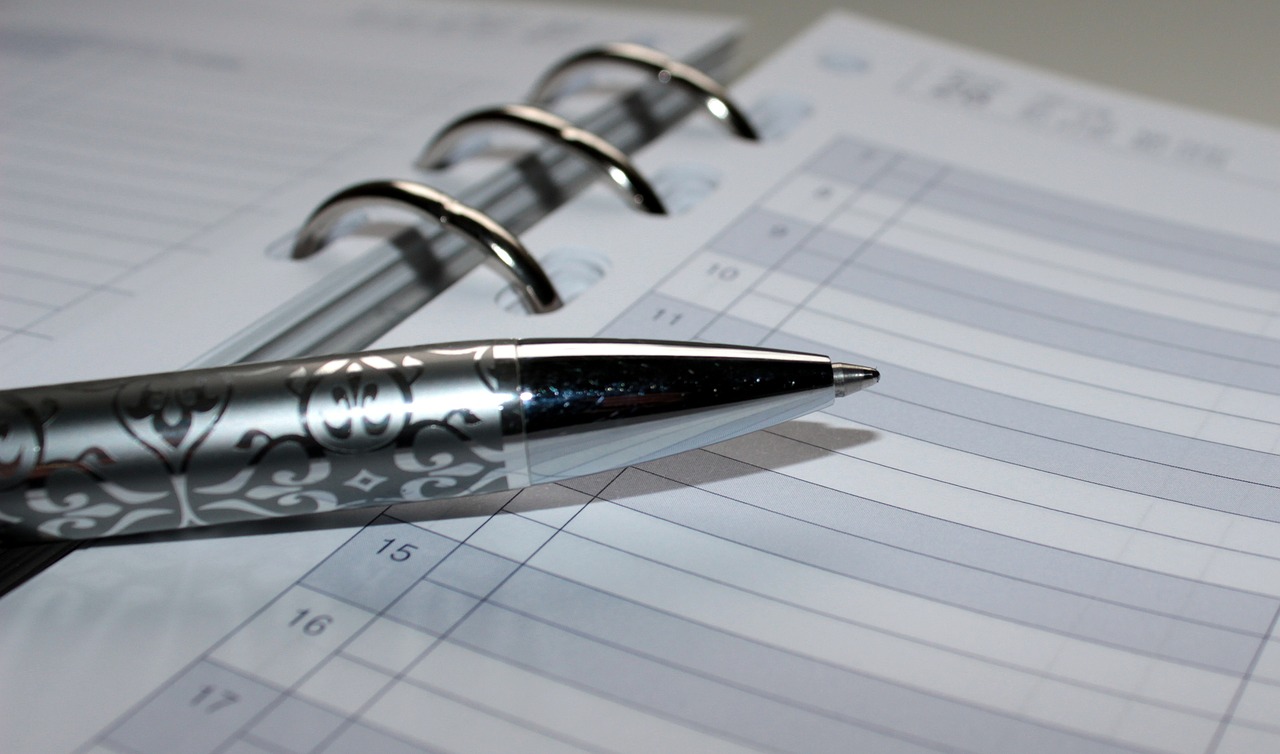A label print order can be simple or it can be quite complex, but when you understand some basics about the printing process, it can help you recognize both what you can do to provide what the printer needs for a great finished product, and also what the printer can do to help make it a smooth process with a great turnaround time.
Production Method
Print companies can offer a number of different printing methods, from the tried-and-true plate press to digital (and even variable data) printing. The method used (or recommended) for your project can depend on several factors, including:
- The paper or other stock to be printed on (which is also related to the product’s final use: does it need to stand up to wear or weather? Will it be a disposable product or something meant to be kept or archived? Will it be a label on a flexible container or one holding wet or cold product?)
- Turnaround window (timeframe)
- Variations in data
- Number of print colors
- Printer’s production schedule and machine availability
- Quantity of printed pieces
Once the print method has been selected, some of those very same factors can impact the necessary lead time to finish the job.
- Stock: is the paper or label stock already in stock, or will it need to be ordered? Does the manufacturer have the stock ready to ship, or will it need to be fabricated?
- Variations: will there be a small number of variations, but that require additional press plates? Or will variations be produced from a spreadsheet using digital printing? Have all the files been provided to the printer, including print-ready art and data?
- Colors: has the number of colors been selected and finalized? Is the art properly prepared or will the printer need to modify the art to match the specifications of the order?
- Quantity: is this a short run, medium run, or very large project? Will it take minutes, hours, or days to physically print? Smaller and average-sized projects may turnaround the same day they are produced (“go to press,” or, in the case of digital, are printed). But large projects may spend multiple days in the printing phase.
Proofing Process
Even in the age of digital artwork, the proofing process is very important to ensure that the final product looks exactly as intended. Art produced in software not intended for print production may require additional prepress work by the printer, but even art saved from “industry standard” software may need adjustment to colors, fonts, sizing, and more. The PDF proof you receive may look just like what you emailed to the printer, but there’s a real possibility that it’s a completely different file.
Once the proof is sent to the client, the printer is one “ok” away from sending the project off to production. One of the most avoidable delays in printing is waiting for proof approval, so as soon as you receive a proof, it’s best for your schedule and very helpful for the printer if you address it right away, either with a thumbs-up or any needed corrections.
Changes and Revisions
If we believe the ancient Greek philosopher who said, “The only thing that is constant is change,” then as a printing client, you’ll likely need to request a change, edit, or revision be made during the printing process. How much it impacts your project’s lead time depends primarily on:
- The nature of the change
- The timing of the change
Is the change a small text edit, or something more? Are colors changing (or, more significantly, the number of colors to be printed)? Are artistic elements being modified or replaced? “Quick” changes may have little impact on the schedule, unless they’re piled onto proofing delays, machine availability, or other production issues.
Is the change an art adjustment that happens at the first stage of proofing (or even before)? Or have press plates been manufactured? Perhaps part or all of the order has already been printed? Early changes may have little or no effect, but after physical printing elements have been made, even minor changes can push back the schedule, and may even add to the overall cost.
Your Printing Partner
An experienced printing company will help guide you through the ordering, proofing, and production processes so you can be confident your final product will look great. But as an informed buyer, the experience will be even easier to navigate, and you’ll enjoy the process as much as the outcome!

